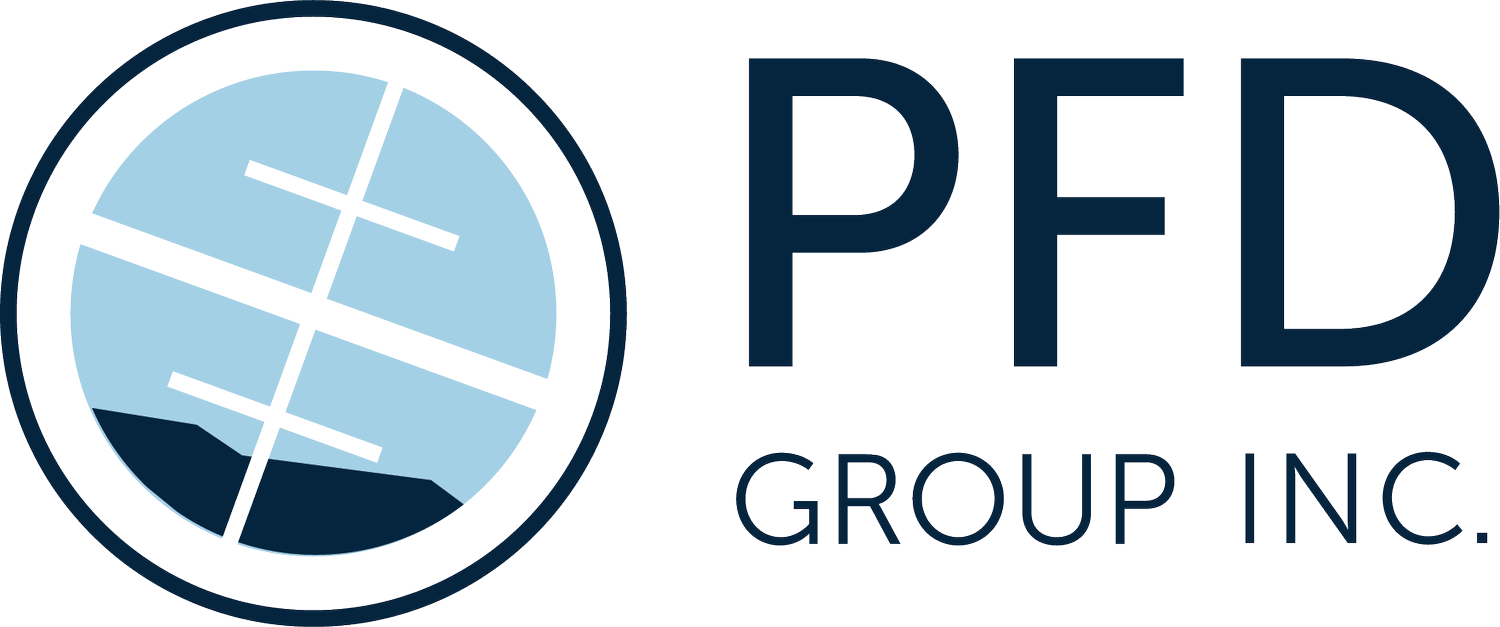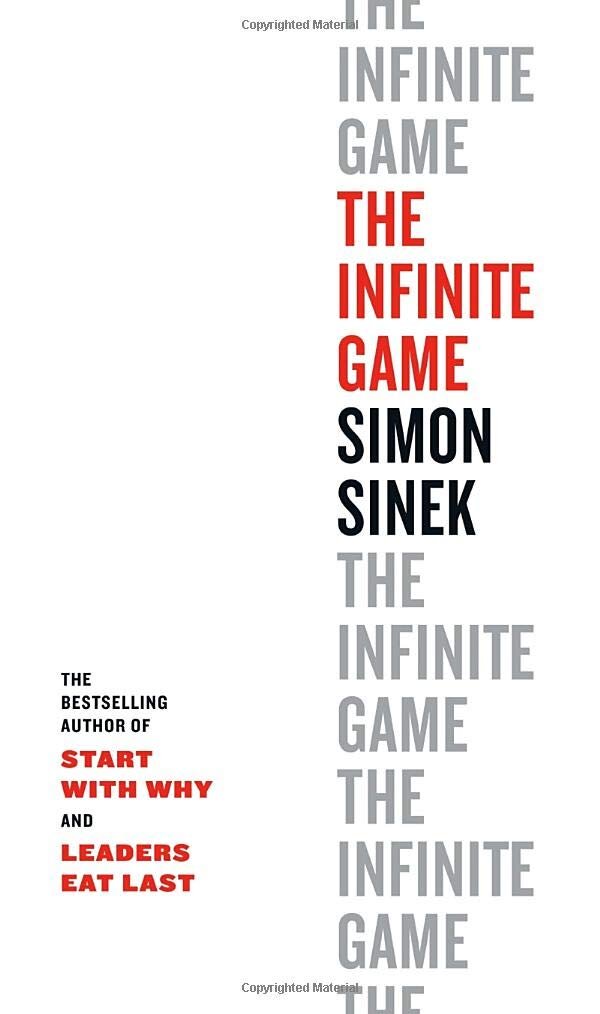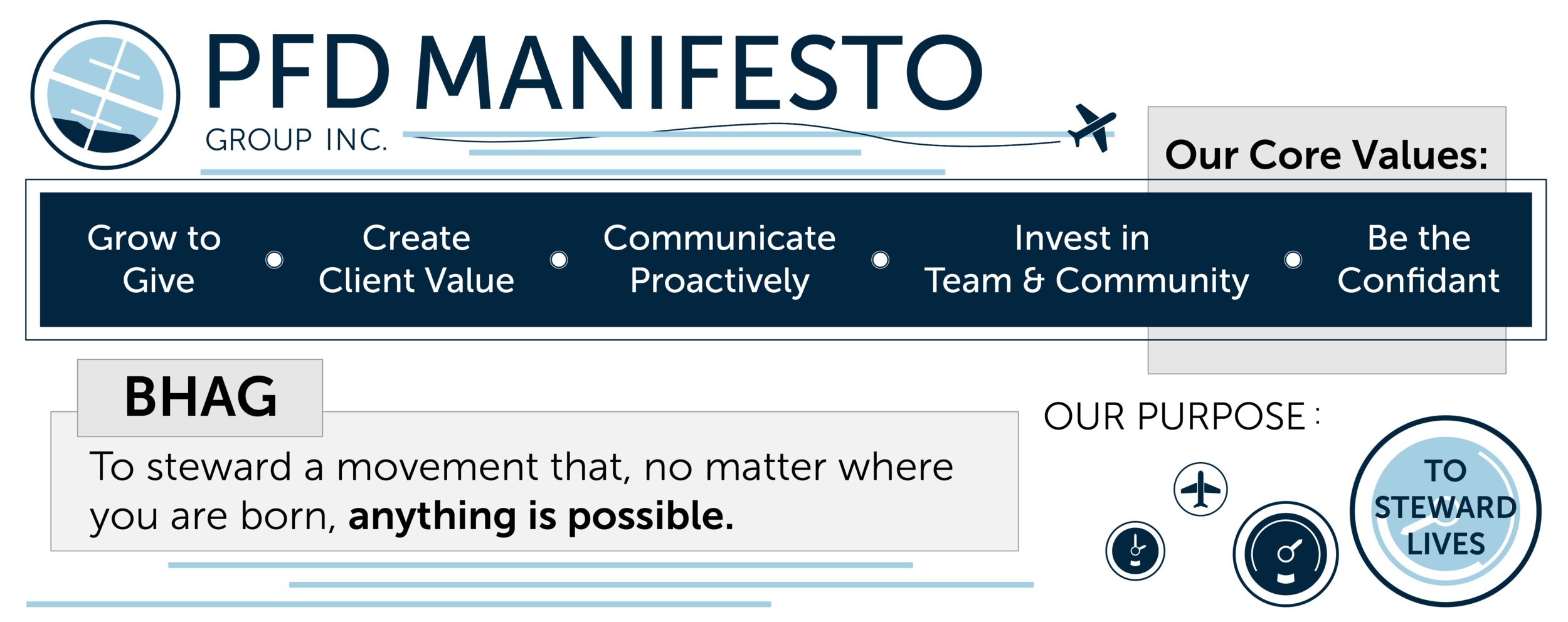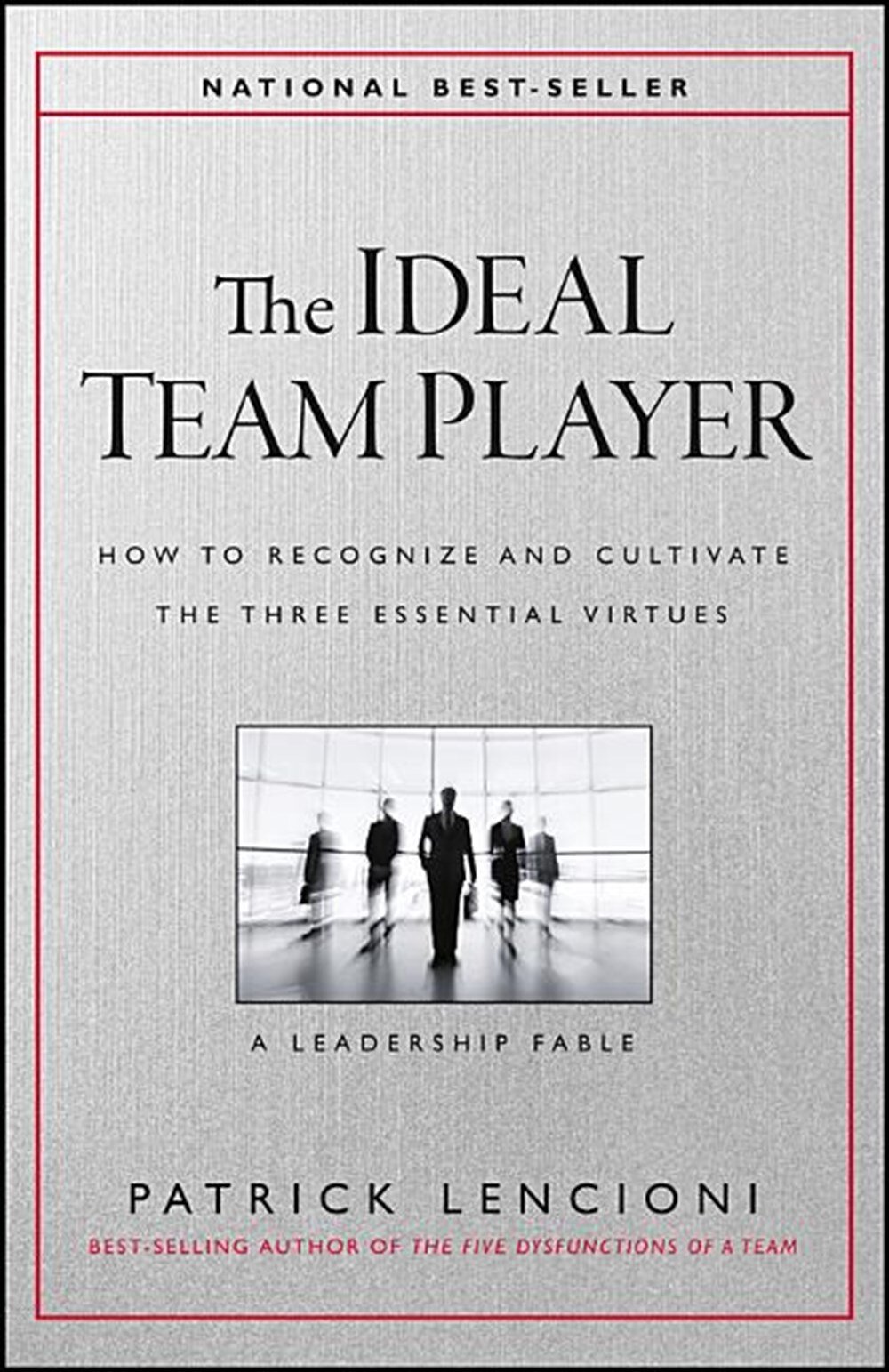In a year where we have been challenged greatly, we need to remember that we have grown and adapted immensely, and we can take the lessons we learned into the future. So, we would like to share with you our five biggest takeaways from 2020.
We need to take care of ourselves
While this sounds obvious at first, when we face hardships in our lives our self-care is the first thing to be removed from our day-to-day activities. Rather than replenish our energy with rest and activities that give us energy, we tend to spend longer and longer hours working, effectively burning the candle from both ends. In a year where we have faced prolonged hardship and challenges, taking time to rest and recharge can be a much more effective strategy to be able to bring our best selves to our profession. This can look like seeking self-care resources, creating a self-care oriented morning routine, getting outside, or blocking out days in our schedule where we completely unplug from work.
We need to prioritize learning
In an environment where everything is consistently changing, our growth and learning is paramount to our being able to adapt and thrive. At PFD, we believe that all of the knowledge we could need already exists - it is our job to find it. So, we prioritize reading books and articles, and attending webinars and events to better ourselves.
It’s all about Great People
In an environment that is so extraordinarily challenging, we need amazing people on our teams that fit our cultures to drive our growth. We have found that, when our environmental pressure is increased, having people on our team that are B or C players or don’t share our core values is incredibly damaging. On the other side, having the right people in the right roles can be transformational to our resilience and health. We need to be consistently recruiting and promoting our team to make sure we have the right people to handle the challenges and opportunities that we come across.
We need to support great leaders in driving change
In 2020, there were many hardships we faced that were exacerbated by a lack of great leadership. For example, this pandemic has worsened widening wealth gaps in the United States, the impacts of which will be felt decades to come. This adds challenges and hardships to an already heartbreaking situation. If there was anything that this pandemic has taught us, it is that we need great, visionary leaders that will drive us into a more just and optimistic future. At PFD, we believe it is our job to support diverse leaders to drive this change. Our community is very important, we’re genuinely better together. When we invest in leadership and community, we can create a team of teams and tackle complex issues that span the globe.
Our outlook is everything
When we can’t control much in our environment, we must focus on what we can control - our attitude. It was so easy to get discouraged this year and give up, or let ourselves become passive. The real strength comes in looking at the brutal facts of our situations, and believing wholeheartedly that we will make it through. It is finding reasons to be grateful when our circumstances offer little to be grateful for. It is knowing that disruption brings opportunities, and diving into those opportunities head-first. It is deciding to be a positive force in the lives of our teams and communities, even when positivity is scarce. Our attitude shapes our ability to wholeheartedly impact those around us when they need it most, so we need to have the best attitude we possibly can.
Thank you, 2020. You were tough, but you taught us these valuable lessons that will help us to become better people and leaders for the rest of our lives.





































